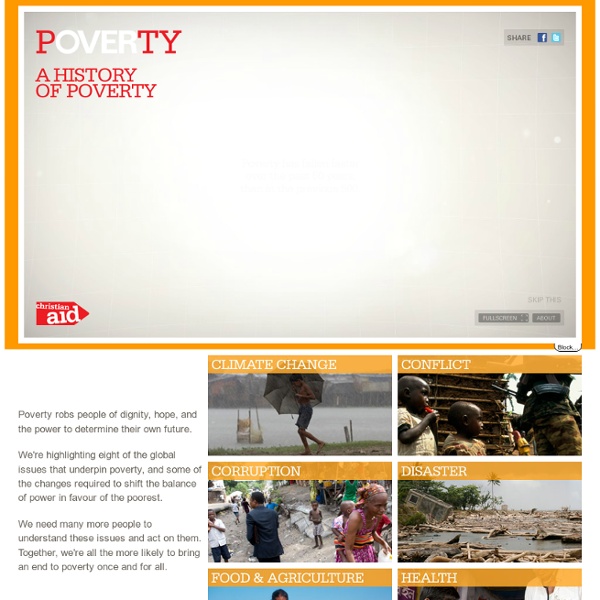



Where Does Foreign Aid Go? The different countries that U.S. foreign aid has gone to, from 1960 to 2010. Liked by 2 People Show More Al Jazeera America: Where would 7 million displaced Syrians fit? Since the start of the Syrian conflict in 2011, at least 2.5 million refugees have fled the country and more than 6.5 million have been displaced internally. But what do 9 million people look like? Using U.S. Click anywhere on the map, enter your address or select from a location. Source: UNHCR, 2010 Census population by tract. UPDATE 12/10/2013: The UN has updated its estimate of internally displaced people from 4.25 million to 6.5 million people, raising the total number of those displaced from roughly 7 million to 8.8 million. UPDATE 3/16/2014: The number refugees has surpassed 2.5 million, bringing the total to over 9 million.
Modern Slavery - knoema.com According to Walk Free Foundation there are an estimated 29.8 million people enslaved around the world. The countries with the highest numbers of enslaved people are India, China, Pakistan, Nigeria, Ethiopia, Russia, Thailand, Democratic Republic of Congo, Myanmar and Bangladesh. Taken together, these countries account for 76% of enslaved people around the world. In 2013, modern slavery takes many forms, and is known by many names: slavery, forced labour or human trafficking. The Global Slavery Index provides a quantitative ranking of 162 countries around the world according to the estimated prevalence of slavery, that is, the estimated percentage of enslaved people in the national population at a point in time. Access database: Global Slavery Index 2013 Loading...
The Best and Worst Places to Grow Up: How Your Area Compares How much extra money a county causes children in poor families to make, compared with children in poor families nationwide. Manhattan is very bad for income mobility for children in poor families. It is better than only about 7 percent of counties. Location matters – enormously. But even Putnam County is below the national average. These findings, particularly those that show how much each additional year matters, are from a new study by Raj Chetty and Nathaniel Hendren that has huge consequences on how we think about poverty and mobility in the United States. Consider Manhattan, the focus of this articleour best guess for where you might be reading this article. It’s among the worst counties in the U.S. in helping poor children up the income ladder. Here are the estimates for how much 20 years of childhood in Manhattan adds or takes away from a child’s income (compared with an average county), along with the national percentile ranking for each. For poor kids For average-income kids
We Mapped the Uninsured. You'll Notice a Pattern. States That Expanded Medicaid Are Outlined in Black Two years into Obamacare, clear regional patterns are emerging about who has health insurance in America and who still doesn’t. The remaining uninsured are primarily in the South and the Southwest. These trends emerged in an analysis we undertook with the help of two organizations that are closely monitoring the progress of the health law. “This year it’s more of a state-specific story,” said Ed Coleman, the director of data and analytics at Enroll America, an organization devoted to finding uninsured people and signing them up for insurance. The incremental changes in our map are consistent with other data. Medicaid expansion continues to be a huge predictor of how many people remain uninsured in a given state. In 2013, there were only 10 states where the percentage of residents who lacked health insurance was lower than 9 percent. In 2015, Pennsylvania and Indiana also expanded their Medicaid programs. Politics matters.
What the World Eats This interactive was built in conjunction with National Geographic’s Future of Food series. The data was sourced from FAOSTAT. Values reflect domestic utilization for food consumption in each country or region from 1961 to 2011. Food groupings and units of measure vary slightly from those depicted on the FAOSTAT site. Download the data from here. Values for China refer to FAO’s "China, mainland." *Measures for Russia preceding 1992 are represented with U.S.S.R. data. **"Pulses" refers to lentils, beans, and peas. This project was made possible with support from the Grace Communications Foundation. Built and designed by Fathom Information Design © National Geographic Magazine close